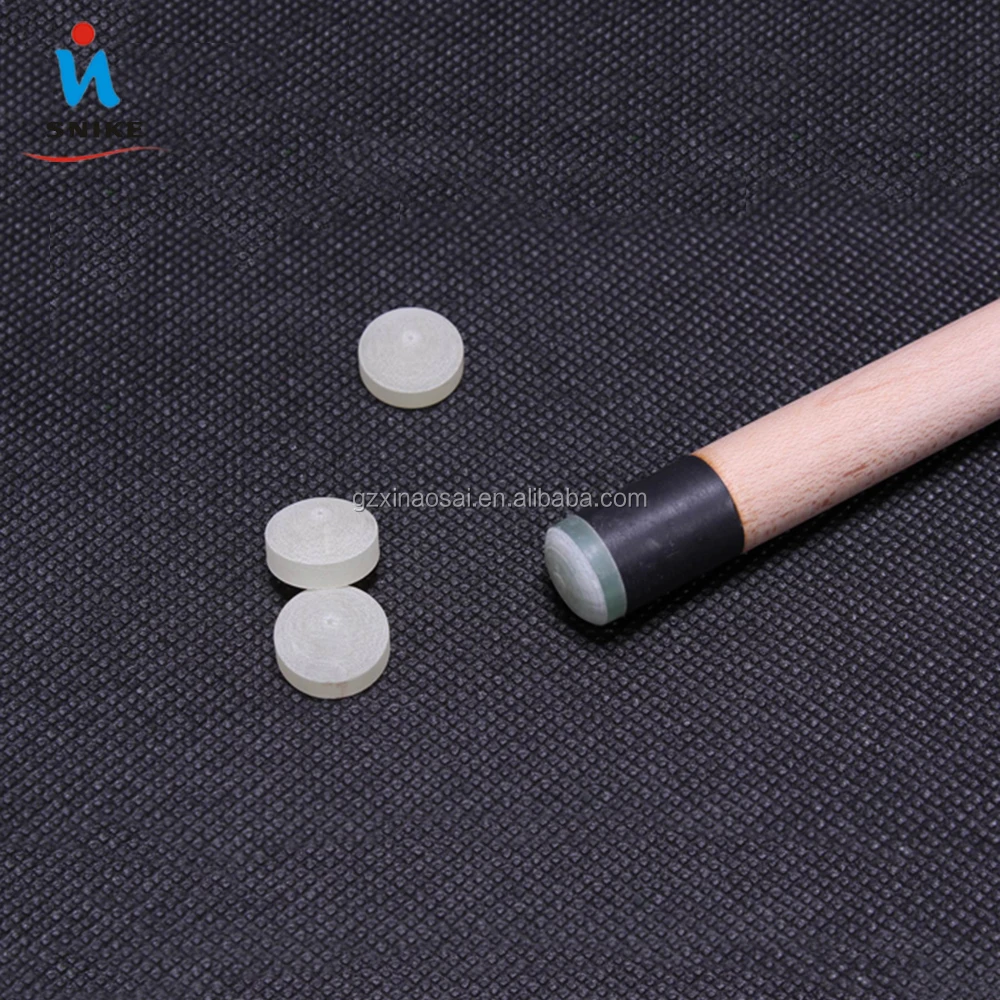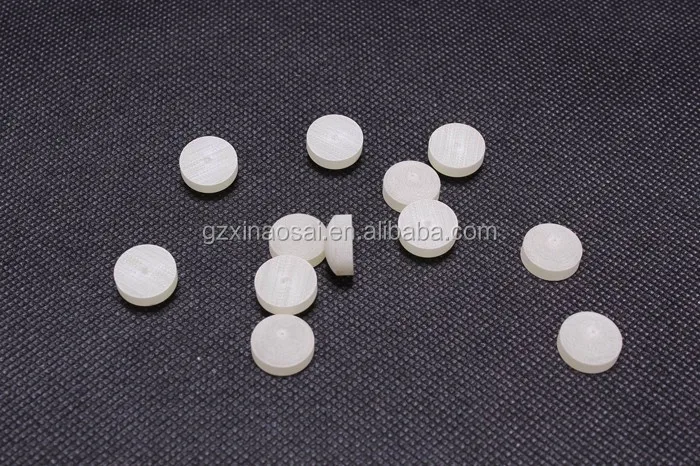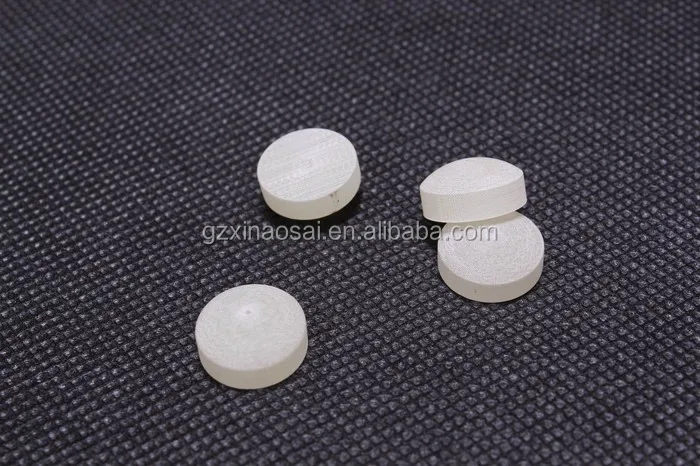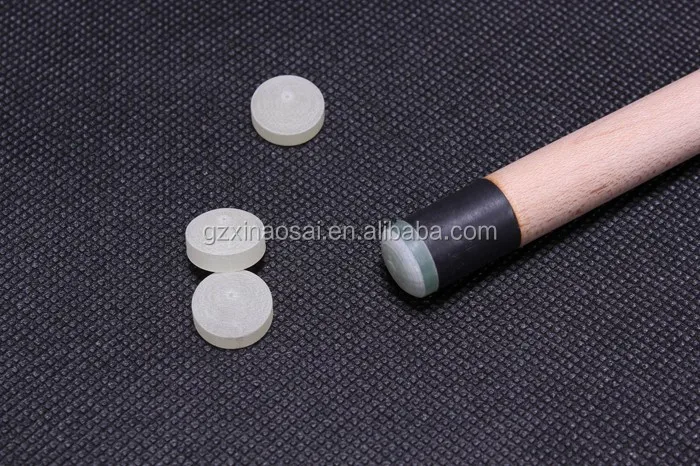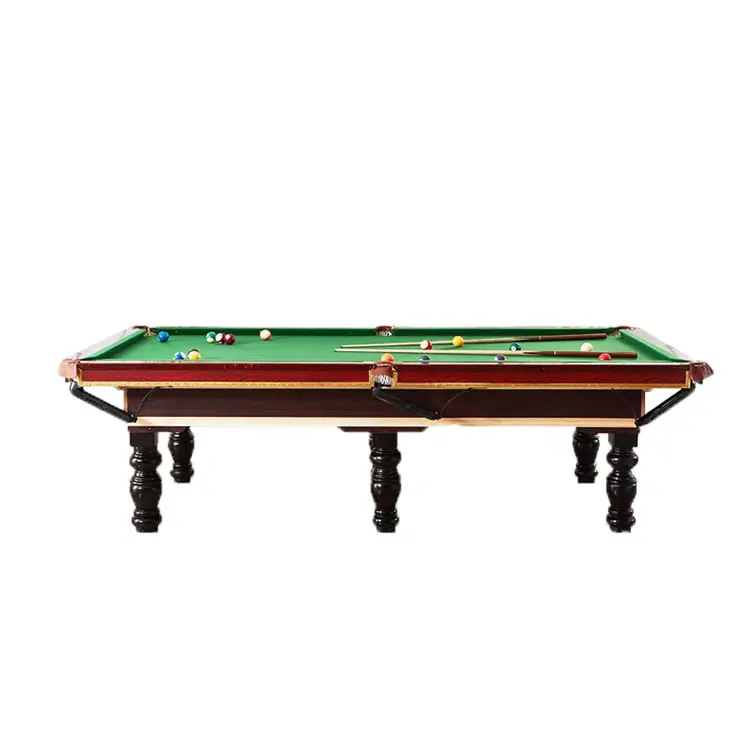Высококачественные Аксессуары для бильярда 10 мм наконечники бильярдного кия
- Категория: Snooker & Billiard >>>
- Поставщик: Guangzhou,Xinjue,Billiards,Goods,Co.,Ltd.
Поделиться:
Описание и отзывы
Трекер стоимости
| Месяц | Минимальная цена | Макс. стоимость |
|---|---|---|
| Sep-18-2025 | 0.32 $* | 0.78 $* |
| Aug-18-2025 | 0.36 $* | 0.55 $* |
| Jul-18-2025 | 0.92 $* | 0.10 $* |
| Jun-18-2025 | 0.69 $* | 0.99 $* |
| May-18-2025 | 0.80 $* | 0.83 $* |
| Apr-18-2025 | 0.43 $* | 0.66 $* |
| Mar-18-2025 | 0.15 $* | 0.6 $* |
| Feb-18-2025 | 0.99 $* | 0.94 $* |
| Jan-18-2025 | 0.25 $* | 0.45 $* |
Характеристики
High quality billiard accessories 10mm snooker cue tips
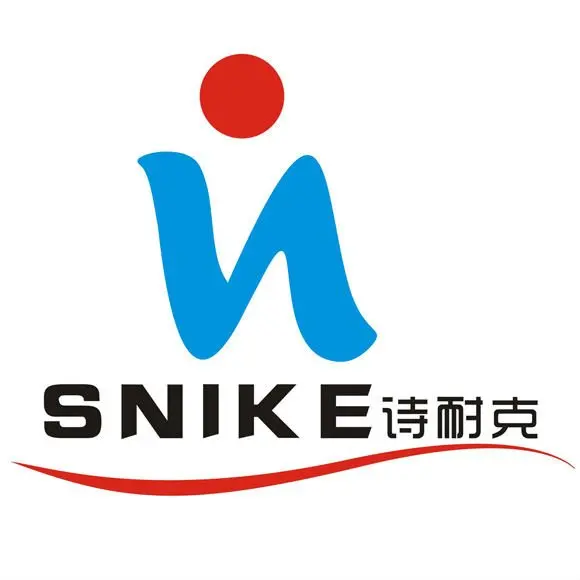
Product details:




Other accessories:



Our factory showroom :
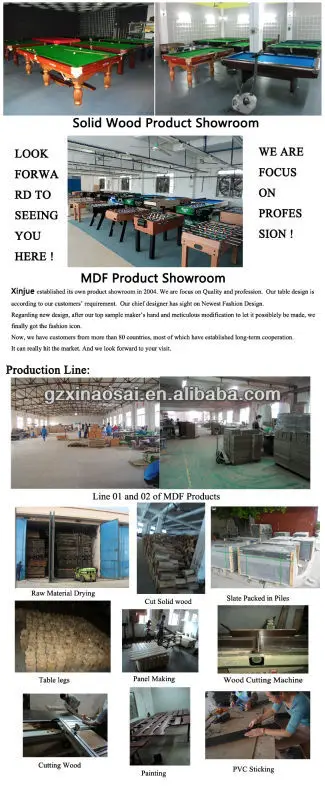
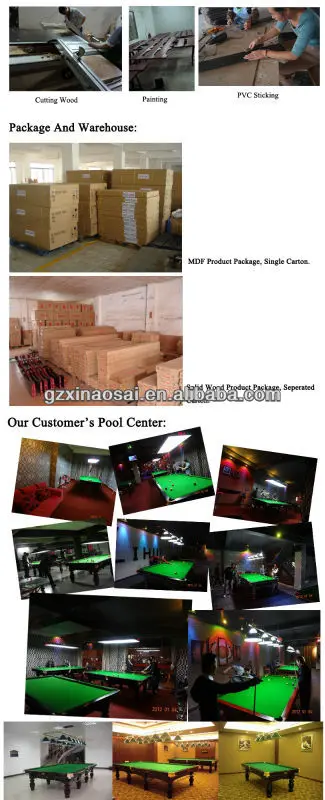

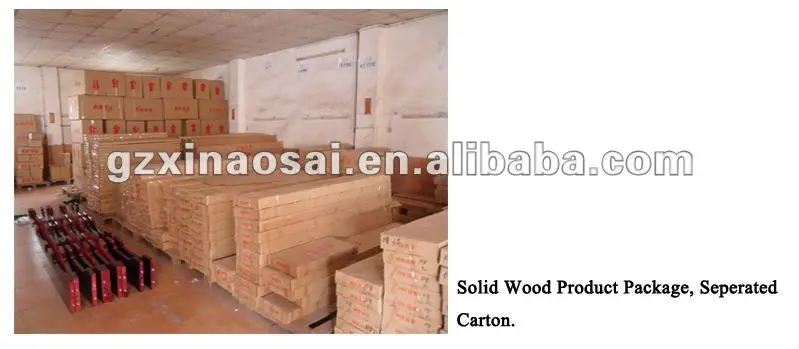

Cue Tip knowledge :
Leather tips of varying degrees of shapes and hardness are affixed to the ferrule. The standard shapes for a tip are nickel and dime, determined by shaping a tip so that when one puts a nickel or dime to it, they are the same curvature. Quarter-shaped tips are less common, though are usually used for breaking cues because less curvature means less accidental spin and more accuracy for a straight shot such as the break.
Rounder tips impart English (more colloquially known as spin) more easily since the point of contact between a tip and the cue ball requires less distance from the center hit to do the same amount of spin due to the increased tangential contact. Tips are sometimes made of harder materials such as phenolic resin because it is favored upon for a break cue (Breaks usually require less spin, thus less round harder tips preserve the shape of the tip longer without sacrificing the effectiveness of the break).
The tip end of the cue will vary in diameter but is typically in the 11 to 14 millimeter ('mm') range with 13 mm for pool cues being most common and 9.5 mm for Snooker cues being most common.
A leather tip naturally compresses and hardens with subsequent shots. Without proper care, the surface of the tip can develop an undesired smoothness or glossiness which can significantly reduce the desired friction between the tip and the cue ball. Cue chalk is applied to the tip of the cue, ideally after every shot, to help achieve the desired friction and minimize the chance of a miscue. This is especially important when the cue tip does not hit the cue ball in its center and thereby imparts spin to the cue ball.
There are different grades of hardness for tips, ranging from very soft to very hard. Softer tips like "Elk Master" hold chalk better, but tend to degrade faster from abrasion (from chalk and scuffers), shaping (from cue tip shapers/tackers/picks), and mushrooming (from normal use or hard hits that compact the tip from all directions). Harder tips like "Triangle" and "Le Professional" ("Le Pro") maintain their shape much better, but because of their hardness, chalk tends to not hold as well as it does on softer tips. The hardness of a leather tip is determined from its compression and tanning during the manufacturing process.
All cue tips once were of a one-piece construction, like "LePro" or "Triangle". More recently some tips are made of layers that are laminated together, like "Moori" and "Talisman". Harder tips and laminated tips hold their shape better than softer tips and one-piece tips. Laminated tips generally cost more than one-piece tips due to their more extensive manufacturing process. A potential problem with laminated tips is delamination, where a layer begins to separate from another or completely comes apart. Delamination is not common and usually results from improper installation, misuse of tip tools, or high impact masse' shots. One-piece tips are not subject to this problem, but they do tend to mushroom more easily, which is when the sides of the tip bulge out.
